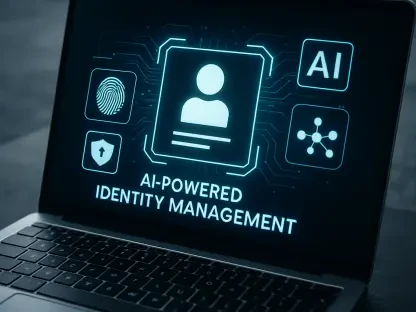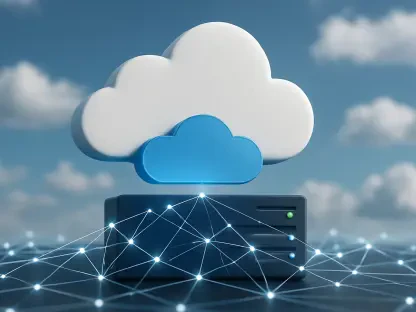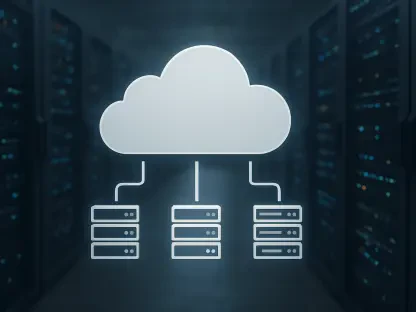In an age where digital interactions dominate daily life, the integrity of login credentials emerges as a critical concern. Recently, a cybersecurity professional made an alarming discovery—a massive, unsecured online database with over 184 million login details exposed to the public realm. This database contained sensitive information, including emails, usernames, passwords, and URLs related to login or authorization. The implications of such exposure are far-reaching, affecting users of prominent services like Facebook, Apple, and Microsoft and services across various sectors such as banking, healthcare, and government. With the database readily accessible without any protective measures, the potential for these credentials to be exploited in various cybercriminal activities poses a significant threat. This incident serves as a stark reminder of the vulnerabilities inherent in digital credential management and the ongoing risks of data breaches and identity theft.
Nature and Dimensions of the Breach
Discovery and Vulnerability
The unsecured nature of the breached database spotlights fundamental flaws in online security protocols. When access to sensitive information such as emails and passwords is not adequately restricted or encrypted, it becomes a treasure trove for cybercriminals. The discovery by cybersecurity researcher Jeremiah Fowler reflects a broader issue within the internet’s structural framework where unauthorized access to personal information is easier than it should be. The database’s origin remains shrouded in mystery, linked only to unidentified IP addresses and unnamed domains, compounding the complexity of pinpointing responsibility. Without password protection or encryption, this database exemplifies a serious lapse in security practices, urging online services to reevaluate and enhance their data protection strategies. The risk associated with such vulnerabilities underscores the necessity for rigorous cybersecurity measures to avert potential harm to individuals and institutions.
Potential Exploitation and Threats
A database containing user credentials such as the one discovered can significantly aid malicious actors in launching identity theft operations or other cybercrime ventures. The data trove is suspected to have been compiled using infostealer malware, a tool often deployed through phishing schemes, malicious websites, or cracked software to stealthily harvest sensitive information. Once collected, the data typically finds its way onto the dark web, where it is commoditized or directly utilized for fraudulent undertakings. This scenario poses numerous threats where combined credentials from different platforms can dramatically increase the success rate of cyberattacks. Furthermore, the incident sheds light on the recurrent problem of credential dumps on the dark web, which exacerbates the overall vulnerability of web users. To safeguard personal details, individuals are encouraged to frequently update their passwords and consider using multi-factor authentication for an added layer of security.
Recommendations for Enhancing Security
Proactive Measures for Individuals
Given the elevated risks arising from such data breaches, individuals are urged to adopt comprehensive strategies to bolster their digital security. Changing passwords regularly and avoiding the reuse of credentials across different platforms are primary steps toward mitigation. Users should refrain from storing sensitive information within unsecured email accounts, considering encrypted cloud services as a safer alternative. In addition, employing robust, unique passwords and enabling two-factor authentication can make it significantly harder for hackers to gain unauthorized access. These efforts need to be continuous as cyber threats evolve, requiring vigilance and adaptability to emerging security advisories and practices. By taking these proactive measures, individuals can protect themselves from the detrimental consequences of credential theft.
Institutional Responsibilities and Future Innovations
Organizations, especially those handling vast amounts of user data, must intensify their focus on cybersecurity protocols. Implementing stringent access controls and encrypting sensitive information should form the core of an enterprise’s data protection strategy. Regular security audits and testing can help identify vulnerabilities, providing an opportunity to rectify lapses before exploitation occurs. Collaborating with cybersecurity experts to develop robust frameworks and adopting innovative technologies like biometric authentication or blockchain solutions may offer additional protection layers. As technology advances, so should the methods for safeguarding sensitive information, making it imperative for organizations to stay ahead of emerging threats. Industry-wide adoption of advanced security solutions will substantially decrease the susceptibility of user data to breaches, fostering trust and safety in digital environments.
Navigating the Path Forward
The latest revelation of millions of login credentials being exposed due to an unsecured database highlights the urgent need for vigilant cybersecurity measures. In today’s digital age, where individuals and businesses face constant threats of data breaches and online fraud, protecting sensitive information has become a critical priority. To navigate these hazards, it’s essential to prioritize ongoing education about safe digital practices and to consistently update security protocols to minimize potential risks. Such education can empower users to recognize threats and respond effectively. Furthermore, by cultivating a culture of cybersecurity awareness, individuals and organizations can better protect themselves. Embracing technological advancements responsibly also plays a pivotal role in securing the digital landscape and fostering resilience against cyber threats. Ultimately, establishing a proactive stance in cybersecurity is fundamental to paving the way toward a safer digital future.









